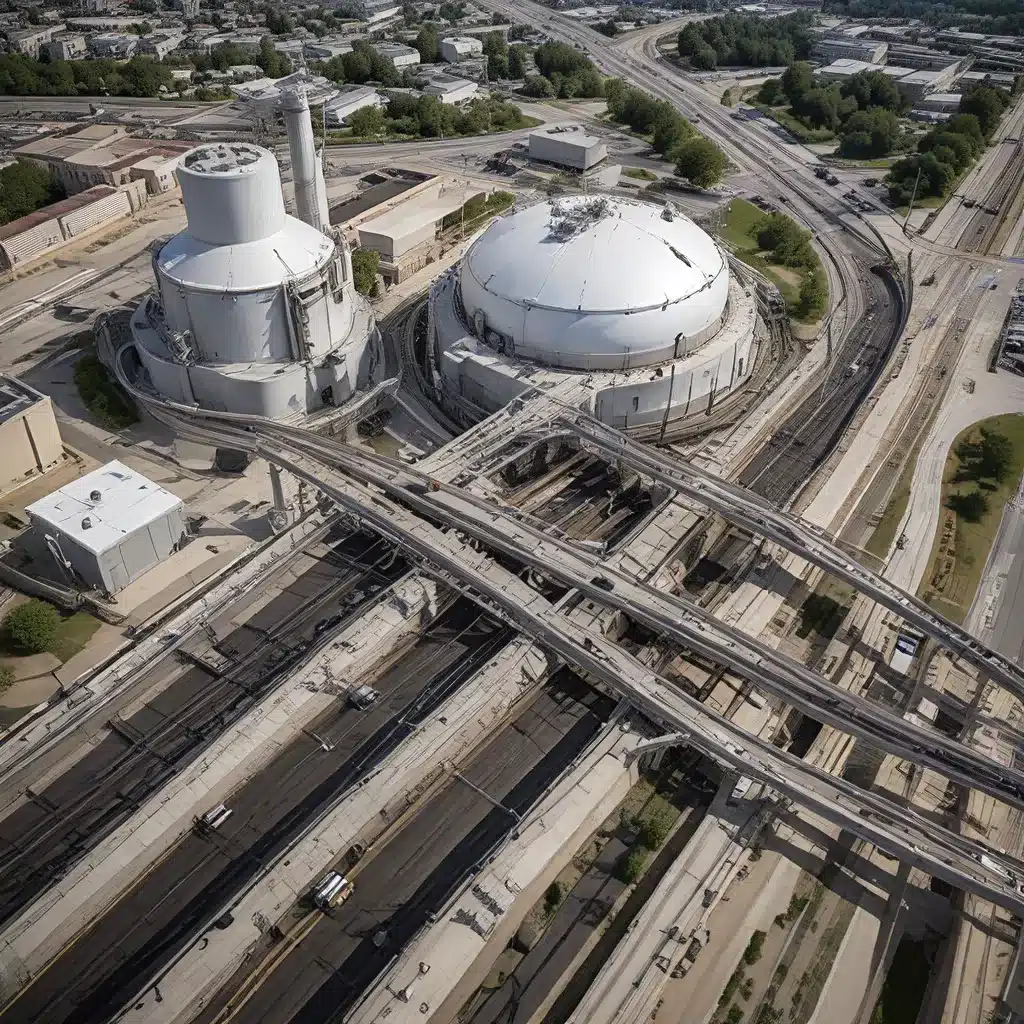
In an increasingly complex and interconnected world, the need for robust sensor network systems has become paramount, particularly in the realm of critical infrastructure. As our reliance on technology continues to grow, the ability to gather, integrate, and analyze data from multiple sensors has emerged as a crucial capability for enhancing situational awareness and driving actionable insights.
The Evolution of Sensor Fusion
At the heart of this revolution is the concept of sensor fusion, a transformative approach that seamlessly integrates data from a diverse array of sensor technologies. By leveraging the unique strengths and capabilities of individual sensors, sensor fusion empowers organizations to create a comprehensive, real-time understanding of their operating environments.
Ultra IC, an industry leader in correlation and fusion techniques, has been at the forefront of this technological advancement. Their ACTS solution for command and control integrates a wide variety of mobile and fixed sensors into a unified tactical picture, enabling organizations to make more informed decisions.
The SAMS data fusion engine, developed by Ultra IC, is a shining example of the power of sensor fusion. By correlating sensor inputs from radar, AIS, and GPS, the engine presents operators with a single, comprehensive view of maritime assets, enhancing situational awareness and operational efficiency.
Unlocking the Potential of Sensor Networks
The applications of sensor fusion extend far beyond the maritime domain. In the realm of critical infrastructure, sensor networks are being deployed to monitor and optimize a wide range of systems, from power grids and transportation networks to building management and industrial automation.
Convergint, a leader in unified communication solutions, recognizes the transformative potential of sensor networks. By streamlining complex systems and enhancing safety and security, Convergint’s integrated solutions are improving workflow and patient care in the healthcare industry, while also ensuring high-level protection for people and assets in other critical sectors.
Through the strategic deployment of sensor networks, organizations can gain unprecedented visibility into their operations, enabling them to identify patterns, trends, and anomalies that were previously elusive. This enhanced data analytics and correlation capabilities empower decision-makers to make more informed choices, driving operational efficiency and unlocking new growth opportunities.
Addressing the Challenges of Sensor Network Design
As the adoption of sensor networks continues to rise, designers and engineers must navigate a complex landscape of technical and logistical considerations. Power management, network topology, and data security are just a few of the key challenges that must be addressed to ensure the long-term success and resilience of these systems.
Energy-efficient sensor design is paramount, as many sensor nodes are deployed in remote or hard-to-access locations, making battery replacement or recharging a significant logistical challenge. Innovative power management strategies, such as energy harvesting and low-power communication protocols, are essential in overcoming these obstacles.
Network topology is another critical factor, as the choice between centralized or distributed architectures can have far-reaching implications for scalability, reliability, and data processing capabilities. By carefully evaluating the tradeoffs and selecting the optimal topology, sensor network designers can ensure that their systems are well-equipped to handle the demands of modern critical infrastructure.
Securing the IoT Ecosystem
As sensor networks become increasingly interconnected through the Internet of Things (IoT), the need for robust cybersecurity measures has become more pressing than ever. Malicious actors are constantly seeking to exploit vulnerabilities in these systems, putting critical data, infrastructure, and public safety at risk.
To address these challenges, sensor network designers must implement advanced encryption techniques, access control mechanisms, and anomaly detection algorithms to safeguard their systems. By ensuring the integrity and confidentiality of sensitive information, organizations can mitigate the risk of data breaches and unauthorized access, preserving the trust and reliability that are essential for critical infrastructure applications.
The Future of Sensor Networks and IoT
As the demand for real-time data and actionable insights continues to grow, the role of sensor networks and IoT in critical infrastructure will only become more pivotal. By harnessing the power of sensor fusion and data analytics, organizations can unlock unprecedented levels of situational awareness and operational efficiency, positioning themselves for success in an increasingly complex and dynamic landscape.
The future of sensor networks and IoT is brimming with possibilities, from predictive maintenance and energy optimization to automated decision-making and enhanced emergency response. As these technologies continue to evolve, organizations that embrace the transformative potential of sensor networks will be well-equipped to navigate the challenges and capitalize on the opportunities that lie ahead.
By visiting https://sensor-networks.org/, you can explore a wealth of resources and insights on the latest advancements in sensor network design, IoT applications, and the role of these technologies in shaping the future of critical infrastructure.